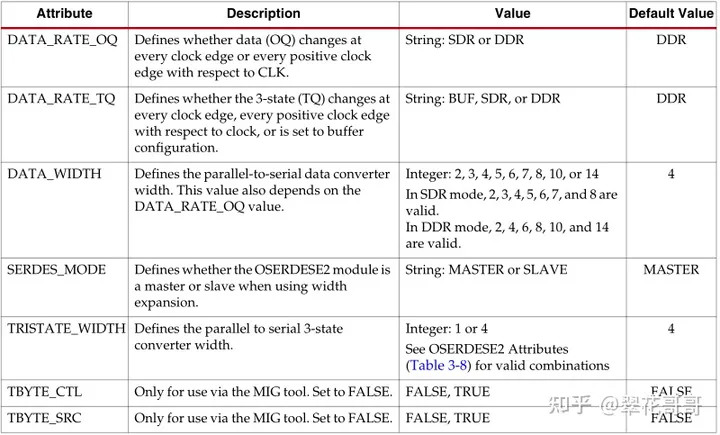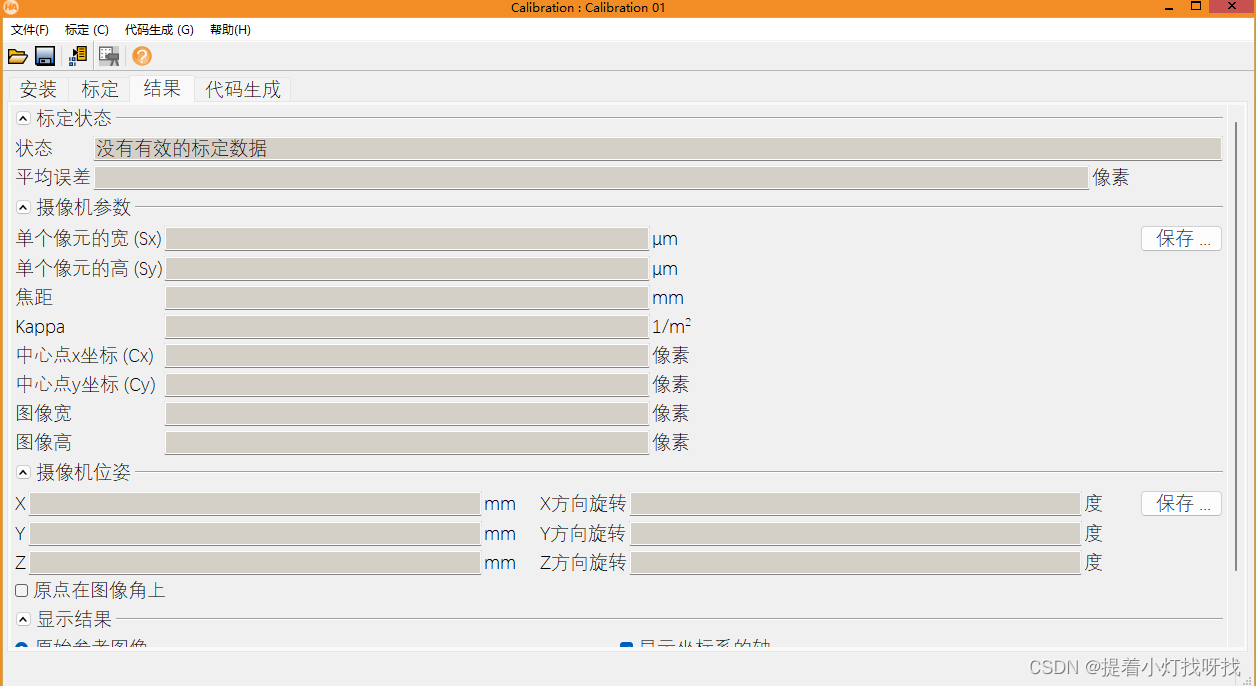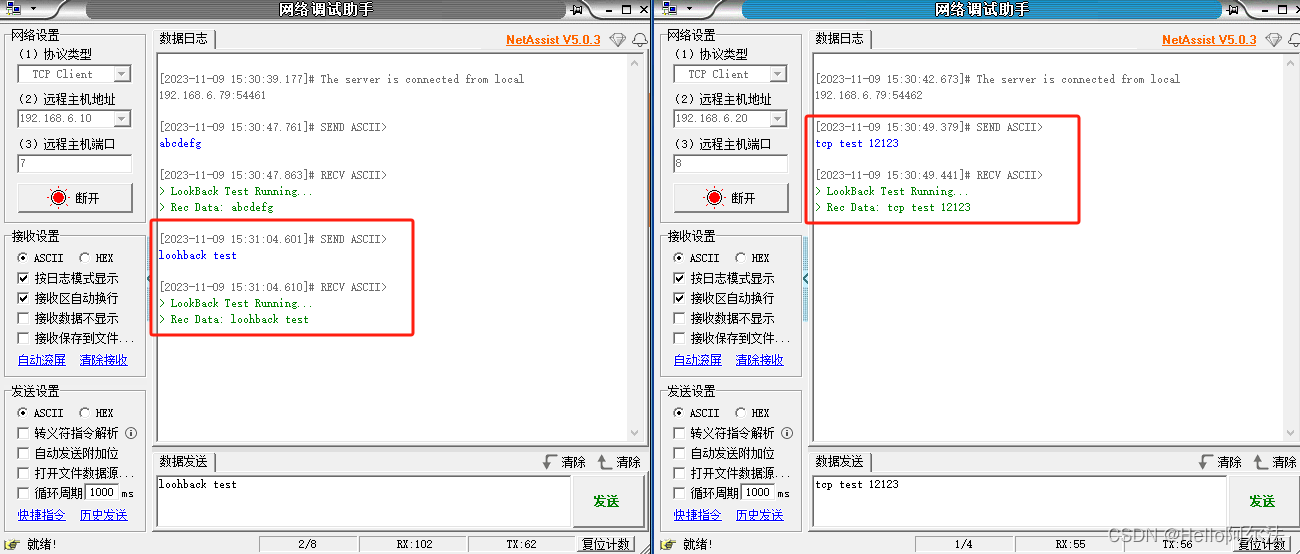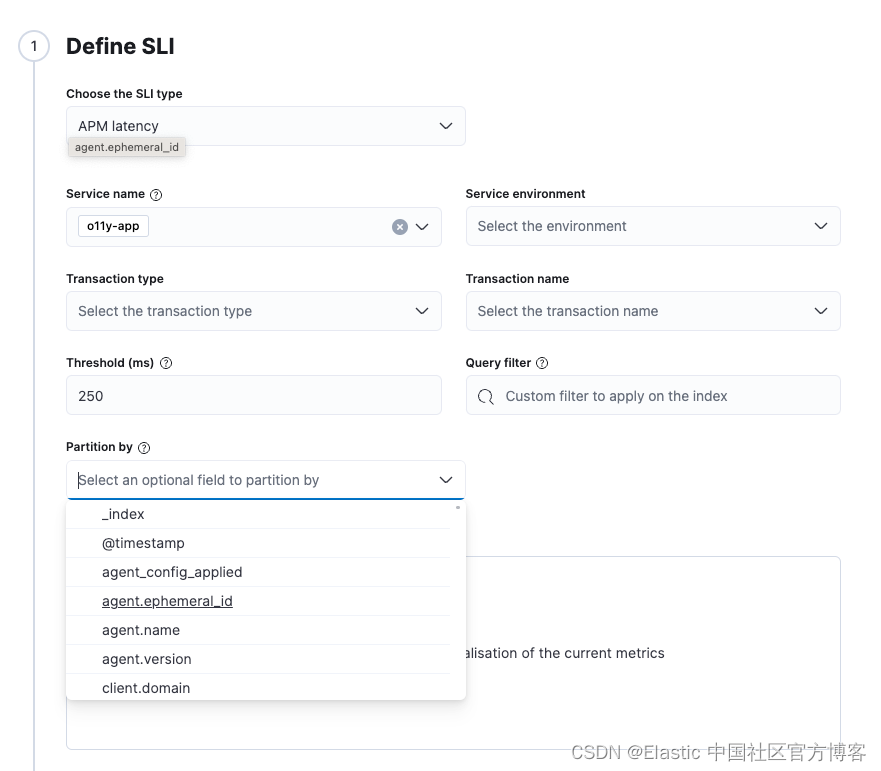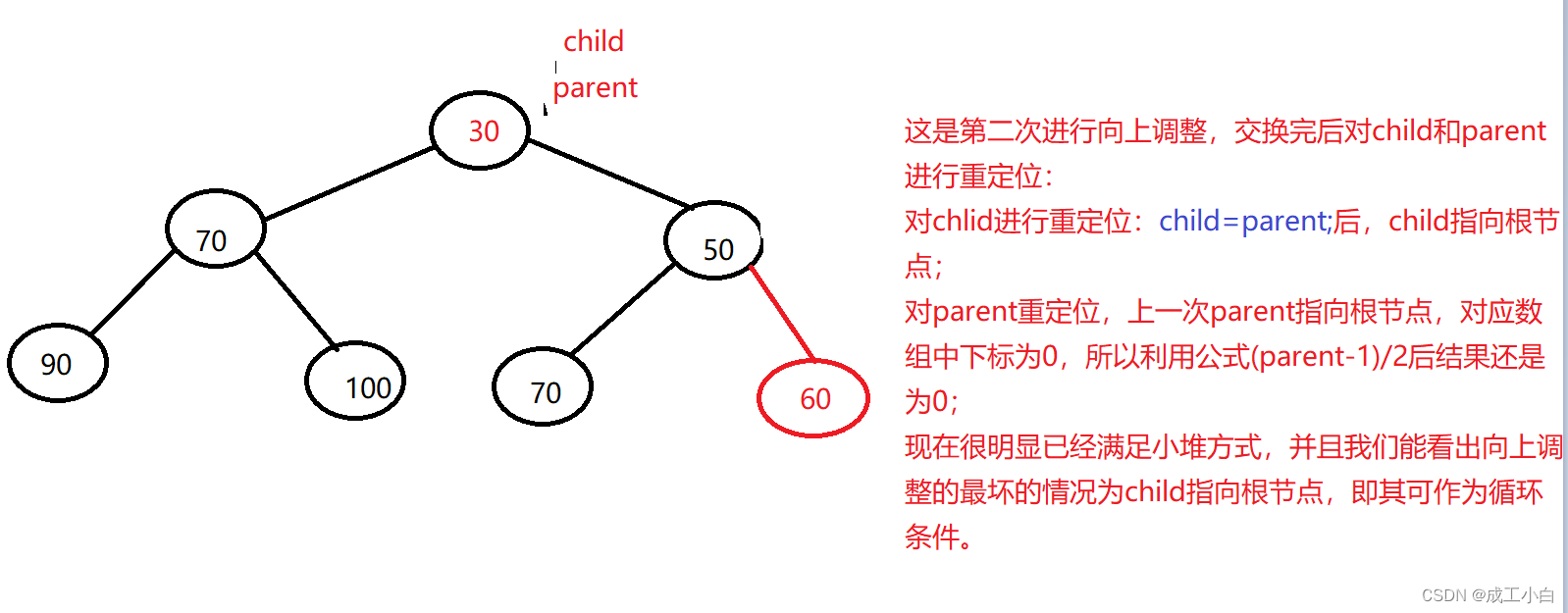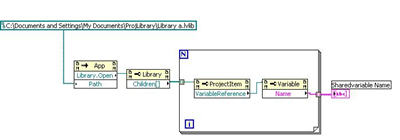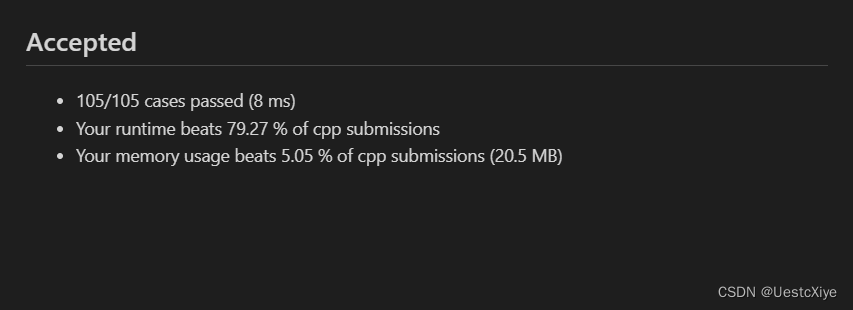s
AsyncTask 在Android R中标注了废弃
synchronized 同步
Thread:
thread.start()
public synchronized void start() {
/**
* This method is not invoked for the main method thread or "system"
* group threads created/set up by the VM. Any new functionality added
* to this method in the future may have to also be added to the VM.
*
* A zero status value corresponds to state "NEW".
*/
if (threadStatus != 0)
throw new IllegalThreadStateException();
/* Notify the group that this thread is about to be started
* so that it can be added to the group's list of threads
* and the group's unstarted count can be decremented. */
group.add(this);
boolean started = false;
try {
start0();
started = true;
} finally {
try {
if (!started) {
group.threadStartFailed(this);
}
} catch (Throwable ignore) {
/* do nothing. If start0 threw a Throwable then
it will be passed up the call stack */
}
}
}
private native void start0();
start0 是个native方法
进程和线程 进程> 线程
进程= 操作系统独立区域 ,可以有多条线程
进程和线程可以进行并行工作,线程依赖进程
Runable: 接口 重写run
new Thread(runnable)
thread.start(runnable) runnable在Thread内部标为target
相比于thread,runnable可以重用 : Thread1(runnable),Thread2(runnable)
ThreadFactory: Thread 工厂方法
private static void threadFactory() {
AtomicInteger count = new AtomicInteger(0);
ThreadFactory factory = new ThreadFactory() {
@Override
public Thread newThread(Runnable r) {
return new Thread(r,"Thread-"+count.incrementAndGet());
}
};
Runnable runnable = new Runnable() {
@Override
public void run() {
System.out.println(Thread.currentThread().getName());
}
};
Thread thread = factory.newThread(runnable);
thread.start();
Thread thread1 = factory.newThread(runnable);
thread1.start();
}
Executor: 接口
private static void executor() {
Runnable runnable = new Runnable() {
@Override
public void run() {
System.out.println("runnable run");
}
};
Executor executor = Executors.newCachedThreadPool();
executor.execute(runnable);
executor.execute(runnable);
executor.execute(runnable);
}public interface Executor {
/**
* Executes the given command at some time in the future. The command
* may execute in a new thread, in a pooled thread, or in the calling
* thread, at the discretion of the {@code Executor} implementation.
*
* @param command the runnable task
* @throws RejectedExecutionException if this task cannot be
* accepted for execution
* @throws NullPointerException if command is null
*/
void execute(Runnable command);
}newCachedThreadPool 返回 ExecutorService
void shutdown(); //关闭任务
List<Runnable> shutdownNow();//立即关闭 但是会调用intrat 用这个是安全的
public static ExecutorService newCachedThreadPool() {
return new ThreadPoolExecutor(0, Integer.MAX_VALUE,
60L, TimeUnit.SECONDS,
new SynchronousQueue<Runnable>());
}内部创建线程池,和连接池一样. 包含了线程的创建 销毁等操作 (0 //默认大小,当超过最大值Integer.MAX_VALUE,就会销毁到默认大小)
60L, TimeUnit.SECONDS,线程等待回收时间
new SynchronousQueue<Runnable>() 创建队列
Executor executor1 = Executors.newSingleThreadExecutor();创建1个线程
public static ExecutorService newSingleThreadExecutor() {
return new FinalizableDelegatedExecutorService
(new ThreadPoolExecutor(1, 1,
0L, TimeUnit.MILLISECONDS,
new LinkedBlockingQueue<Runnable>()));
} public static ExecutorService newFixedThreadPool(int nThreads) {
return new ThreadPoolExecutor(nThreads, nThreads,
0L, TimeUnit.MILLISECONDS,
new LinkedBlockingQueue<Runnable>());
}newFixedThreadPool 创建固定数量的线程,不推荐,如果用得少或者不用也会是这么多,而且不可扩展更多,用来处理多个集中任务

newScheduledThreadPool:可以添加延迟
public static ScheduledExecutorService newScheduledThreadPool(int corePoolSize) {
return new ScheduledThreadPoolExecutor(corePoolSize);
}Callable:有返回值的Runnable ,方法 call : Type
private static void callable() {
Callable<String> callable = new Callable<String>() {
@Override
public String call() throws Exception {
return "666";
}
};
ExecutorService executorService = Executors.newCachedThreadPool();
Future<String> future = executorService.submit(callable); //后台任务Future 否则就会阻塞主线程 execure则会阻塞进行等待
try {
String result = future.get(); //阻塞进行取值,
System.out.println(result);
} catch (ExecutionException | InterruptedException e) {
throw new RuntimeException(e);
}
}
if (future.isDone()){
//如果完成任务
}流程图

线程同步:
public class SynchronizedDemo1 implements TestDemo{
private boolean running =true;
private void stop(){
running = false;
}
@Override
public void runTest() {
new Thread(new Runnable() {
@Override
public void run() {
int round = 1;
while (running){
}
}
}).start();
try {
Thread.sleep(1000);
} catch (InterruptedException e) {
throw new RuntimeException(e);
}
stop();
}
}
看出会等待1秒然后跳出循环,但是实际上会一直执行
每个线程都有一块独立的区域,会把变量copy,然后改变值,然后再传回去

但是如果是多线程,copy同一个值,进行修改,数据会乱

可以使用 volatile ,改变其内存可见性,同步
多线程中如若用
x++; 则会进行两步 1 int temp = x+1, 2 x = temp 不是原子操作

需要使用 synchronized 有线程调用则其他线程等待
private synchronized void count(){
x++;
}
AtomicInteger = int 的包装 增加原子性和同步性
AtomicInteger count = new AtomicInteger(0); //int
AtomicInteger count = new AtomicInteger(0); //int
ThreadFactory factory = new ThreadFactory() {
@Override
public Thread newThread(Runnable r) {
return new Thread(r,"Thread-"+count.incrementAndGet()); //++count
// count.getAndIncrement() //count++
}
};AtomicBoolean
private AtomicBoolean running = new AtomicBoolean(true);
running.set(false);
running.get()除此之外还有

//同一个类如果有多个synchronized 一般就是有一个监视器 monitor 进行控制,只能由一个线程调用

可以再方法内部加上
synchronized (this){用当前监视器
}
synchronized在方法上会同步锁多个方法,仅供当前线程调用
public class SynchronizedDemo3 implements TestDemo{
private int x= 0;
private int y = 0;
private String name;
private Object monitor1 = new Object();
private Object monitor2 = new Object();
private synchronized void count(int newValue){
synchronized (monitor1){
x = newValue;
y = newValue;
}
}
private void minus(int delta){
synchronized (monitor1){
x -= delta;
y -= delta;
}
}
//synchronized 锁住当前方法
private synchronized void setName(String name){
synchronized (monitor2){
this.name = name;
}
}
@Override
public void runTest() {
}
}

synchronized 在方法上等同于在内部的 synchronized (this)
synchronized 作用 = 同步性,互斥
死锁:多线程中,当前线程持有的锁,但拿不到需要进行执行代码中的锁,会一直等待
乐观锁 写入时先读取, 悲观锁 -读之前加锁,写入前加锁, 主要用于数据库
static 修饰的方法 用synchronized在方法上 等同于 在方法内部( synchronized (name.class))
用当前类当做锁
单例模式双重检查锁 写法1

ReentrantLock 可重入锁 需要手动加解锁,同时也要注意是否能够正常解锁
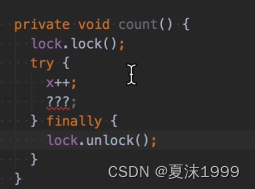
可以使用读写锁
private ReentrantReadWriteLock lock = new ReentrantReadWriteLock();
Lock readLock = lock.readLock();
Lock writeLock = lock.writeLock();线程安全本质是多个线程访问共同资源,在写入时,其他线程干预了,导致数据错误
锁机制是:对资源进行访问的一种限制






